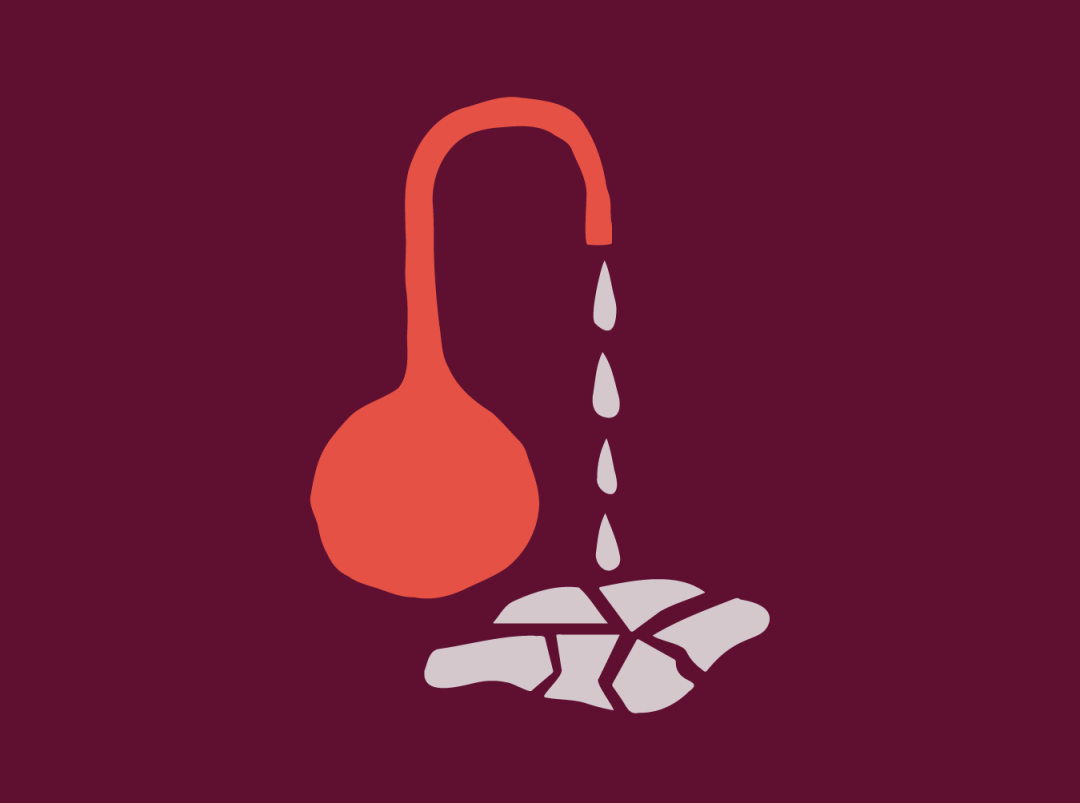#explainer
How to Not Freak Out About Common STIs
health
·5 min read

by Sandy Sanchez | 09/23/2020
We all remember our first common sexually transmitted infection, or STI. And if you haven’t already been through that, well, here’s the biggest tip of all (aside from making sure you’re always having safe sex): Don’t. Freak. Out.
But it’s easy to freak out, right? No one wants to get that call from the doctor telling you that you have chlamydia and then you freak out and Google intensively because you’re a hypochondriac and then realize it’s actually not a big deal after all and you go home and watch the episode of Sex and the City when Miranda has chlamydia and you text your recent sexual partners to tell them about your results and they actually take it well and get tested and then you take your antibiotics and luckily, boom the chlamydia is gone. But wow, what an emotional roller coaster. Anyone else?
But even for the post-Sex and the City generation, there’s a huge stigma against having STIs, talking about them, getting tested for them, asking your sexual partners about them —– the list goes on. And although it *seems* like people are having safe sex, studies by the CDC actually report around 20 million new STIs infections every year.
And that’s the thing: we shouldn't be panicking! Let’s learn more about these common STIs, get regularly tested, always ask our partner(s) about their status, and if you do happen to test positive for an STI, get the treatment you need. Most STIs can be cured!
First things first: what are some of the most common STIs?
HPV (human papillomavirus)
HPV can be a sneaky one — it’s the most common STI in the US and there’s more than 200 types. It’s spread through sexual contact and most actually have no symptoms, so it’s hard to know if you have it unless you get a Pap smear.
A couple of HPV infections cause genital warts, and although that seems alarming, this is actually the most low-risk HPV of them all and you can just get them removed. There’s also a few other kinds of HPV that are high-risk, which means they can develop into cancer later on. But even with high-risk HPV infections, only a small percentage of them develop into something serious.
Although there’s no cure for HPV, a lot of them go away on their own. And there’s also vaccines that can protect you from certain kinds of HPV! But remember, there are so many kinds of HPV, no vaccine can protect you against all of them. True story: A couple years back, despite having all my HPV vaccines, I was told I had high-risk HPV during my regular Pap smear. I freaked out, cried, and then realized it’s perfectly normal after talking to my doctor. She told me to take folic acid to boost up my immune system and lo and behold, my HPV was gone the following year.
So how can you protect yourself from HPV? Use protection, let your partner(s) know, get Pap smears every 3 years (or as your doctor recommends), speak with your doctor about the HPV vaccine if you don’t already have it, and if you do test positive for HPV, talk to your doctor about your options.
chlamydia
Chlamydia truly is one of those STIs that sounds way worse than it actually is. It’s a bacterial infection, which means you can get rid of it with antibiotics! And it’s one of the most common STIs, with around 2.86 million cases every year. Most people with chlamydia don’t have any symptoms, which is how it spreads so easily (oops).
Chlamydia is transmitted through vaginal, oral, and anal sex and it can be found in ejaculate, pre-ejaculate, as well as vaginal fluids.
If you do have chlamydia symptoms, they can actually take several weeks after you got infected to show up. Here’s some to watch out for:
Pain or burning while peeing
Abdominal pain
Pain during sex
Abnormal vaginal discharge
Swollen or tender testicles
Pain, discharge, or bleeding around the anus
The best way to prevent yourself from getting infected with chlamydia is to make sure to use condoms, get regularly tested, talk to your sexual partner(s) about their status, and if you do have chlamydia, get the antibiotics you need and don’t have sex again until 7 days after you finish your treatment.
gonorrhea
We know. It sounds scary. But it doesn’t have to! Like chlamydia, gonorrhea is another common STI that’s spread through oral, anal, or vaginal sex — and it can be cured with the right treatment. Many people don’t show any symptoms, so it’s important to get regularly tested to prevent the spread of gonorrhea.
If you do have symptoms, here’s some common ones to be on the lookout for:
Pain or burning when you pee
Bleeding between periods
Penile, rectal, or vaginal discharge
To protect yourself from gonorrhea, well, you know the drill… get tested regularly, use protection, share your status with your sexual partners, and get the treatment you need.
okay, so, how do I not freak out?
We know STIs can be intimidating. There’s so many of them, and we only covered some of the common ones! But no matter what, being comfortable talking about STIs is the first step.
If you do happen to have an STI, it’s okay! You did the right thing by getting tested and now the next step is to have open communication with your past sexual partners so we can stop spreading STIs. If you’re nervous about their reaction, don’t be. They’ll probably be relieved you told them and appreciate your honesty. And if they’re not taking the convo well, then maybe that’s not the kind of person to have sex with!
And remember, almost everyone gets an STI at least once in their lifetime and most of them can be cured entirely. Plus, by normalizing having safe sex and getting regularly tested, we’re all doing our part in keeping ourselves healthy *and* preventing STIs from spreading.
Sandy Sanchez is a freelance writer who was formerly a copywriter at Thinx.
by Sandy Sanchez


